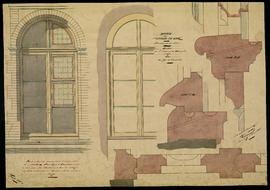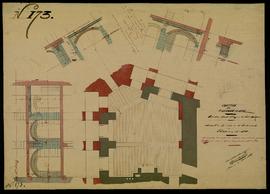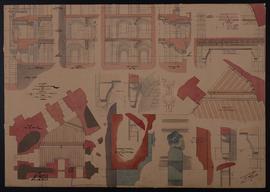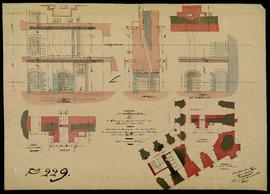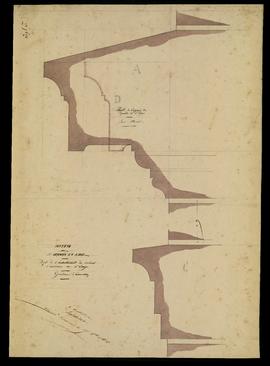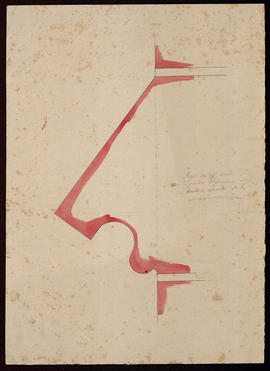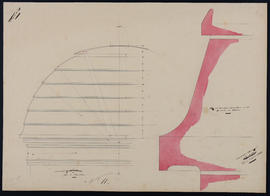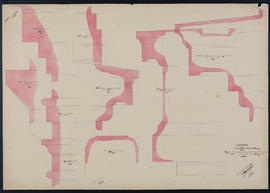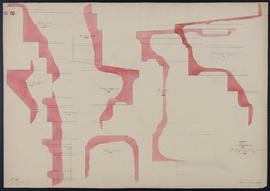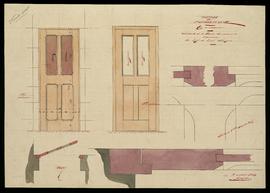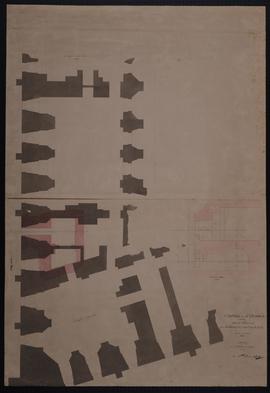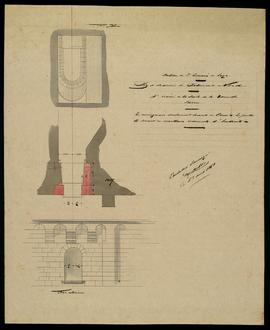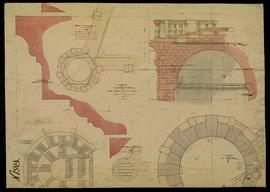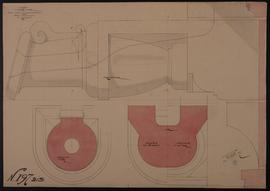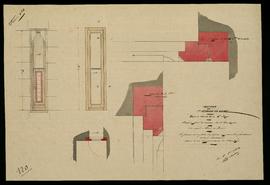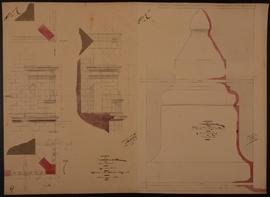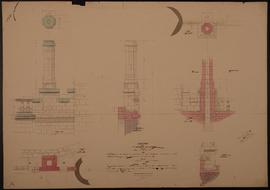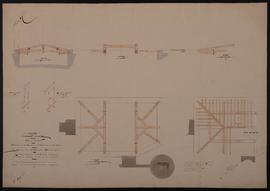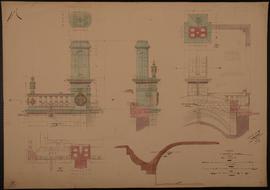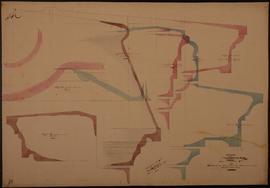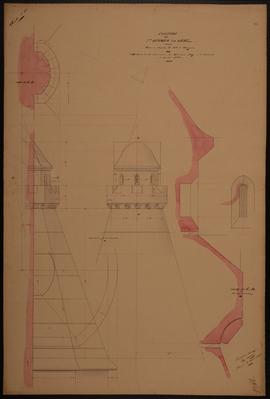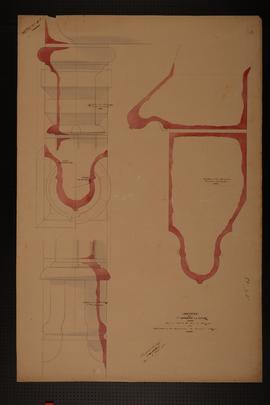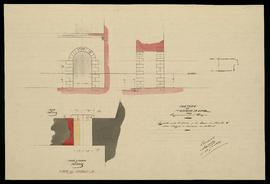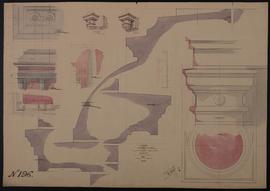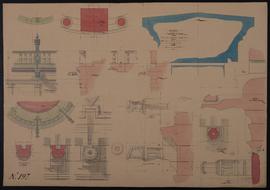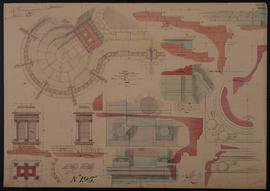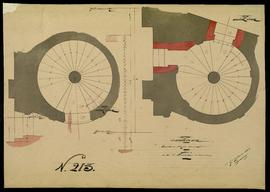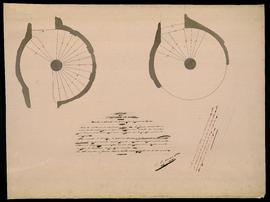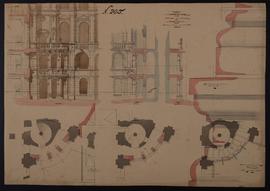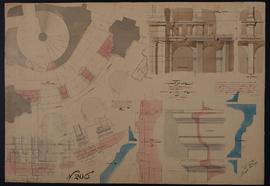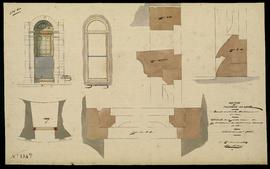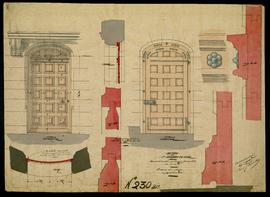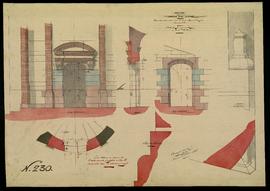« [p. 381] The first foundations of the Château de St. Germain were laid by Louis VI, some say by Charles V. Louis XI made a present of it to his celebrated physician Coictier, but this latter was despoiled of it after the death of his master. St. Germain has never since been separated from the domains of the Crown. It was frequently inhabited by the Court during the sixteenth and seventeenth centuries, but was finally deserted as a habitation by [p. 382] the Kings of France after the construction of Versailles.
The Emperor converted this château into a barrack for the élite of his guard; the Bourbons on their return made it the quarters for one of the companies of their Gardes du Corps, and repaired the chapel with good taste. Its inhabitants now consist of the porter and his wife. The original building of the Château Neuf have long disappeared; and the Château Vieux [* : Now a hospital for soldiers], the only one now in existence, was constructed by Francis I. The superb terrace was the work of Henry IV, who at the same time constructed the Château Neuf, far more vast and magnificent than the old.
From this palace, seated on the apex of the mountain commanding the river, was spread that succession of terraces, descending by different stages down to its banks, of which the remains still attract your attention as you climb up the hill from the railroad station at Peca. They were laid out in sumptuous gardens, and each step of this gigantic staircase was adorned with excavations, filled with all the prodigies of art which imagination could invent. The grottoes and recesses were filled with curious shell-work and spas, which glittered in the sun like diamonds; all around were statues and antique vases, made of the finest marble and prophyry, with the incomparable enamels of the sixteenth century. Hydraulic machines were employed to raise a supply of water for cascades; and the delighted courtiers rambled about this earthly paradise, surrounded by fabulous scenes, [p. 383] representing Perseus and Andromeda; Neptune surrounded by tritons and sea nymphs; Orpheus animating the Twelve Signs of the Zodiac by the sounds of his lyre, and other subjects of mythological romance. All has now disappeared; grottoes, gardens, fountains, even the foundation of the Château Neuf, when abandoned by Louis XIV. Only at the extremity of what was once one of the wings of the structure, remains a little low partition, with a single window. This modest remnant was formerly the bedchamber of Anne of Austria, in which Louis XIV was born. It now forms a part of a house kept by a restaurateur.
It was a strange destiny that preserved the palace of Francis I, while that of Henry IV, so much more magnificent, has been allowed to perish.
Who can say how long the Château Vieux will be allowed to boast this invasion of the order of time in its favour! Perhaps the eye of the speculator is already intent on calculating the value of the bricks and ponderous materials, the lead, and the ironwork. »


